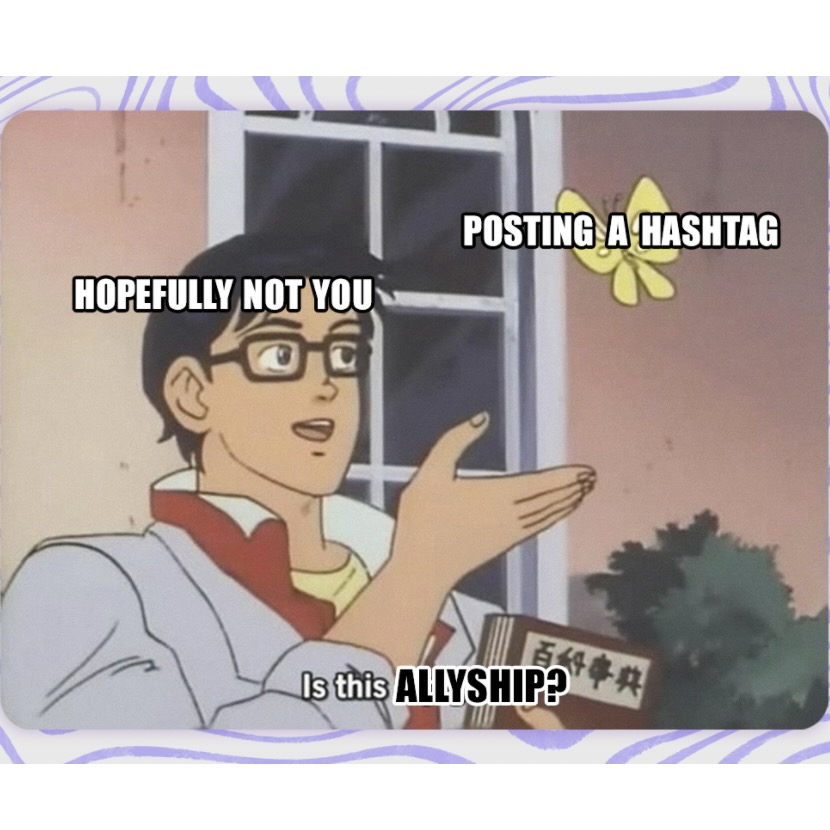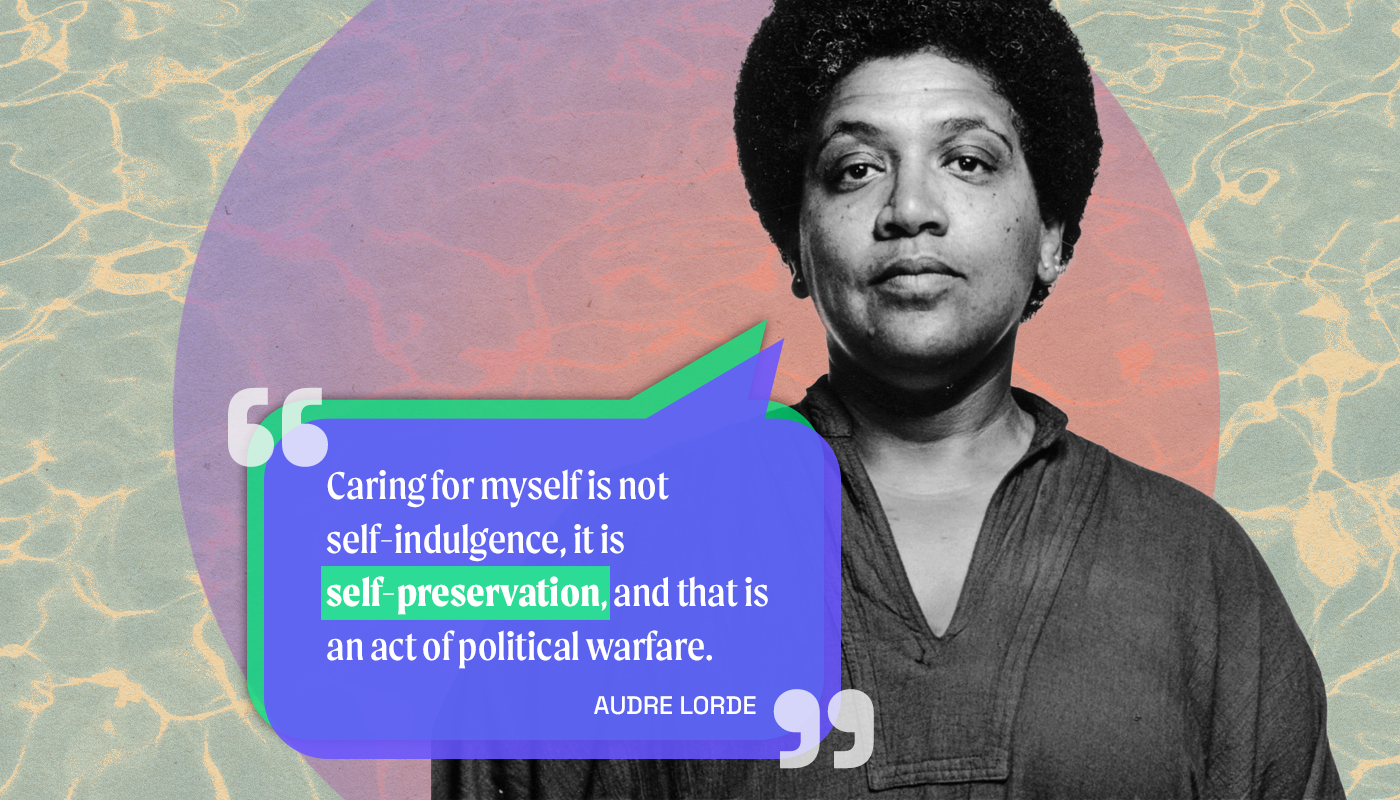Four things your Black colleagues want you to understand
Black employees are not a monolith.

A major component of fostering an environment built on diversity, equity, inclusion, and belonging (DEIB) is having an understanding of the specific needs of employees in order to create support systems to help them grow, develop, and thrive. Within corporate America, there’ve been struggles to attract, develop, and retain Black talent. There are several reasons for this revolving door of Black employees, including a lack of growth opportunities and racial microaggressions that Black employees experience. These issues are exacerbated by the racial revolution of 2020 and the Great Resignation. Workplaces hoping to foster an environment built on racial equity and justice must understand the specific needs of their Black employees. Although Black employees are not a monolith, there are recurring themes when it comes to the Black experience. Here are four things that Black employees wish their non-Black coworkers understood.
1. Allyship is a verb.
Many people are quick to label themselves as allies of the Black community but fail to realize that allyship is a verb. Allyship and advocacy involve actively using your power and privilege to advocate for marginalized communities. If you witnessed a Black colleague being undervalued or mistreated by coworkers or customers and you don’t say or do anything about it either in the moment or later on, you can’t claim to be an ally. Allyship requires continued conversations admonishing racism and anti-blackness, even when it comes to ways that we may have perpetuated anti-blackness in our own lives. Allyship may require you to risk your status, power, and influence for the benefit of another person. Allyship isn’t posting ‘Black Lives Matter’ in your email signature or social media bio if that statement isn’t followed by action.
Proximity to Blackness doesn’t make you an ally. Having a Black partner, a Black child or a Black friend does not absolve you of anti-blackness. For any non-black employee who aspires to be an advocate for the Black community, it is important to think about how you can use your voice and your privilege when you witness micro and macro displays of racism occurring. When you see a colleague underpaid or treated inequitably, use your voice to impact change. You don’t get to label yourself as an advocate of a marginalized community that you don’t belong to — that title must be given to you through continued and ongoing action.
2. Stop conflating “Black” and “person of color.”
One common mistake made within workplaces is lumping all non-white employees together. Not all non-white groups have similar experiences. A person may, for example, culturally and ethnically identify as Puerto Rican, but visibly be categorized as white. Assuming that this employee’s experiences will be identical or comparable to the experiences of their Black colleague who culturally and ethnically identifies as Puerto Rican but is visibly Black is a misconception.
If your organization has affinity and employee resource groups with a critical mass of members, it is a good idea to create specific groups based on shared racial identities rather than having a group for all employees of color. In a 2019 op-ed in the Los Angeles Times, Nadra Widatalla wrote that though the terms “woman of color” and “people of color” were meant to be inclusive, she felt like they erased the Black perspective. It is important to be explicit and identify each racial and ethnic group specifically. It is imperative that we disaggregate the data as much as possible. Rather than analyzing hiring and promotion rates for white versus non-white employees, it is imperative to look at each group independently of each other. When all employees of color are examined together, the data may conceal the lack of progress for certain groups.
3. Hair discrimination is real.
A wealth of evidence indicates that Black hair discrimination is a very real issue. The Crown Act is legislation that hopes to combat race-based hair discrimination in all 50 states of the U.S. When and if a Black colleague is sharing their experiences with hair discrimination, don’t invalidate or refute their claims. Also, remember that a new hairstyle isn’t a greenlight to touch a person’s hair nor an invitation to ask questions about Black hair. It makes a person feel put on the spot when they receive a barrage of questions about their hair, questions like: “How long did that style take?” “Is that all your real hair?” “Can you wash it?” A non-Black employee would not be asked these questions, and they contribute to the dehumanization of Black employees. Enlist the help of a human resource business partner or DEIB consultant to analyze company policies and practices. Educate employees, especially those making hiring decisions, about different types of bias — including hair discrimination. Ensure that there are objective hiring and selection methods being utilized, like rubrics, scorecards, and structured interviews.
4. Not every Black person wants to do DEIB work.
There is a commonly held belief that every Black employee is interested in DEIB and anti-racism work. While the lived experiences of Black employees may inspire an interest in racial equity and justice work, you cannot assume that this is the case for all Black employees. Marginalized employees are often expected to bear the brunt of DEIB education and labor. Many companies, especially following the murder of George Floyd, were leaning on the free labor of their employee resource groups, without thinking about the fact that a) these employees may not have an interest in DEIB work, and b) it can be mentally, emotionally, and physically taxing to have to relive traumatic events for the sake of white enlightenment. Asking Black employees to take on DEIB or race-related projects and assignments without first asking them if they are interested can make Black employees feel tokenized. Asking Black employees to be the face of the brand or featured on the company website without tangible actions to support racial equity efforts is performative. To foster a healthy and equitable work environment, provide employees with opportunities to contribute to DEIB and anti-racism work without making it a requirement or an expectation. ![]()








